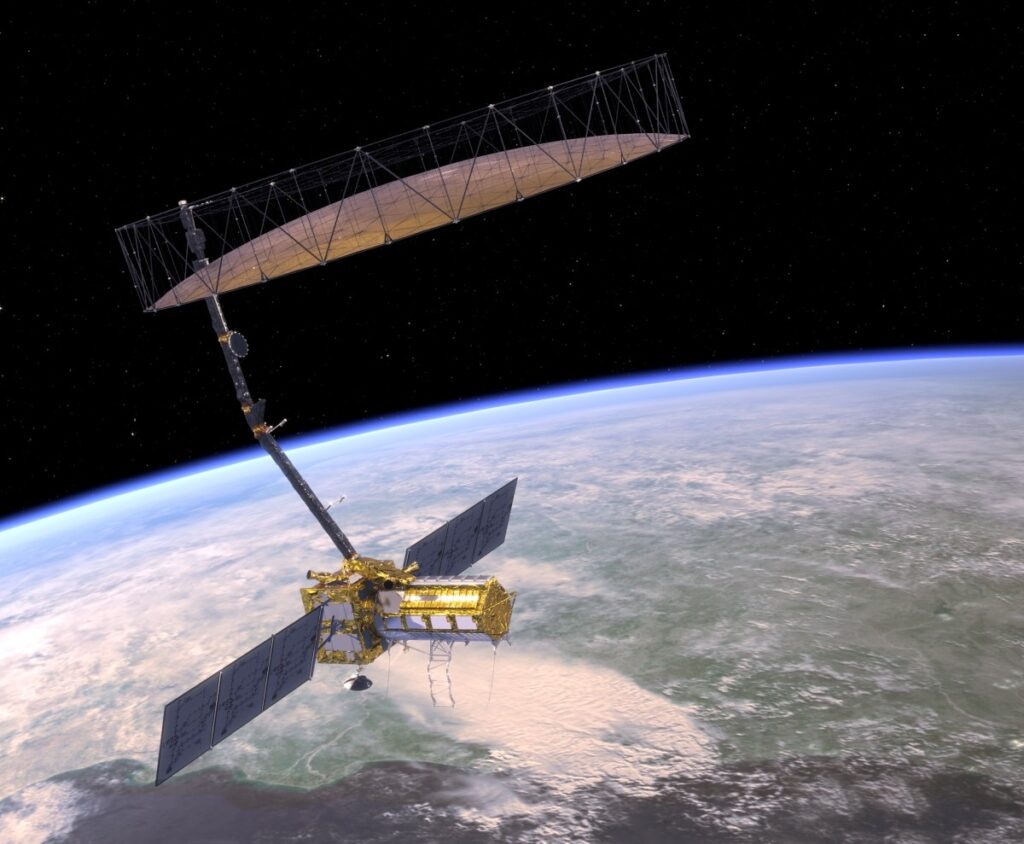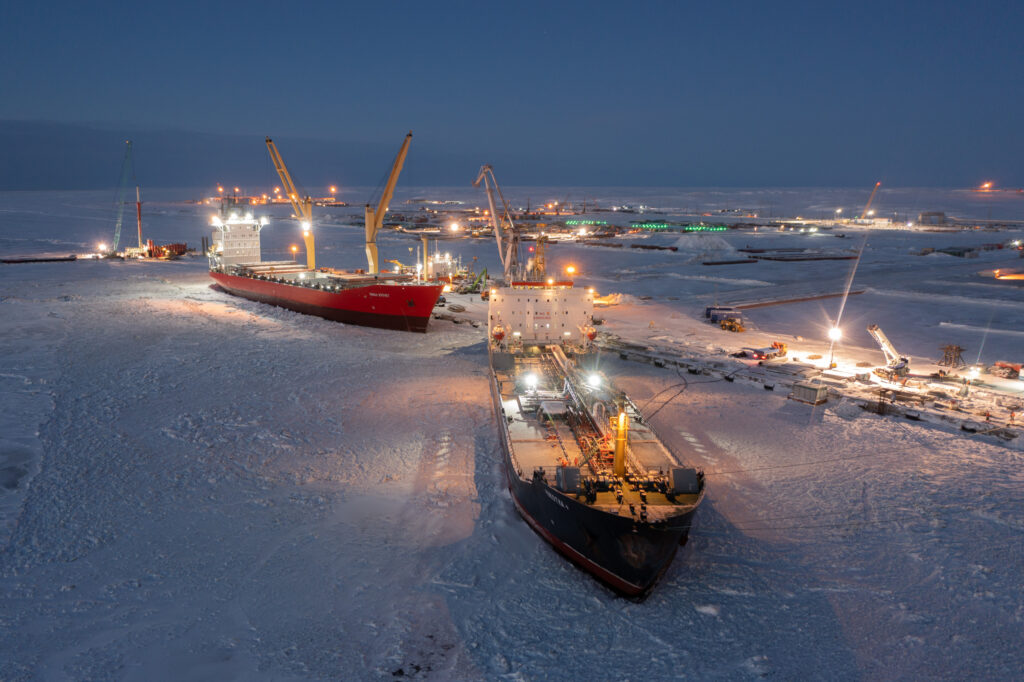NASA awards SpaceX contract for space station deorbit vehicle

NASA Space Technology

WASHINGTON — NASA selected SpaceX to develop a spacecraft that will be used to perform the final phases of the deorbiting of the International Space Station around the end of the decade.
NASA announced June 26 it awarded SpaceX a contract valued at up to $843 million to build the United States Deorbit Vehicle (USDV). That contract covers the development of the spacecraft, with NASA to conduct a later procurement for launching the USDV.
The agency announced more than a year ago its intent to pursue development of the USDV. The spacecraft will dock with the ISS and perform the final series of maneuvers needed to make a controlled reentry of the station over a remote ocean region like the South Pacific. The spacecraft will be owned and operated by NASA, rather than procured as a service as the agency does with ISS cargo and crew transportation.
“Selecting a U.S. Deorbit Vehicle for the International Space Station will help NASA and its international partners ensure a safe and responsible transition in low Earth orbit at the end of station operation,” Ken Bowersox, NASA associate administrator for space operations, said in a statement announcing the contract.
NASA did not release any details about SpaceX’s design or even an illustration of it. SpaceX, which rarely acknowledges media inquiries, did not immediately respond to questions about the design it offered to NASA for the USDV. The expectation, though, is that the spacecraft will be based in some way on the Dragon spacecraft currently used for cargo and crew transportation.
NASA, in its solicitation for the USDV, emphasized the importance of vehicle reliability. “It will be a new spacecraft design or modification to an existing spacecraft that must function on its first flight and have sufficient redundancy and anomaly recovery capability to continue the critical deorbit burn,” it said in a statement last fall when it released the request for proposals for the vehicle.
The contract value appears to fit within expectations NASA set for the program. When Bowersox’s predecessor, Kathy Lueders, announced plans for the USDV in March 2023, she said the agency came up with an internal cost estimate “a little bit short of about $1 billion” but hoped that industry could offer a lower price. NASA requested $180 million for the program for fiscal year 2024.
At an April 30 hearing of the House Science Committee on NASA’s 2025 budget request, which seeks $109 million for the USDV, NASA Administrator Bill Nelson suggested the cost had increased to $1.5 billion. He asked members to include full funding for the program in the next emergency appropriations bill.
“We don’t know what the president of Russia is going to do, and we could be in an emergency situation that we have to get this structure that is as big as a football stadium down, and down safely, in 2031,” he said as the rationale for including funding for the USDV in a supplemental bill.
Along with the contract announcement, NASA released a white paper outlining the options that led the agency to conclude that a controlled deorbit was the best option. Alternatives, such as dissembling the station and returning components to Earth or repurposing them in orbit, were ruled out for technical reasons, along with boosting the station to a higher orbit. Handing the station over to a commercial operator, it added, was not feasible as well, in part because the station’s components belong to several nations.
The white paper concluded that “deorbiting the space station at the end of its life is the safest and only viable method to decommission this historic symbol of science, technology, and collaboration.”
That deorbiting is scheduled for around 2030, although the procurement included options to store the USDV on the ground until the mid-2030s, presumably if NASA and the ISS partners elected to extend the station’s life beyond the planned 2030 retirement. The white paper included that as an option as well.
“If there are no commercial LEO destinations ready to support NASA’s ongoing needs in LEO by 2030, extension of space station operations is a possibility,” the paper stated. “Should operations be extended beyond 2030 for any reason, the USDV can dwell on the ground while awaiting a final deorbit decision.”
Jeff Foust writes about space policy, commercial space, and related topics for SpaceNews.He earned a Ph.D. in planetary sciences from the Massachusetts Institute of Technology and a bachelor’s degree with honors in geophysics and planetary science…More by Jeff Foust



 Hot Deals
Hot Deals Shopfinish
Shopfinish Shop
Shop Appliances
Appliances Babies & Kids
Babies & Kids Best Selling
Best Selling Books
Books Consumer Electronics
Consumer Electronics Furniture
Furniture Home & Kitchen
Home & Kitchen Jewelry
Jewelry Luxury & Beauty
Luxury & Beauty Shoes
Shoes Training & Certifications
Training & Certifications Wears & Clothings
Wears & Clothings

















